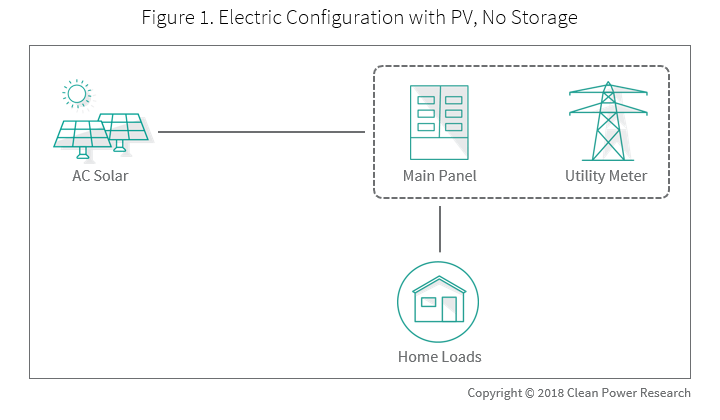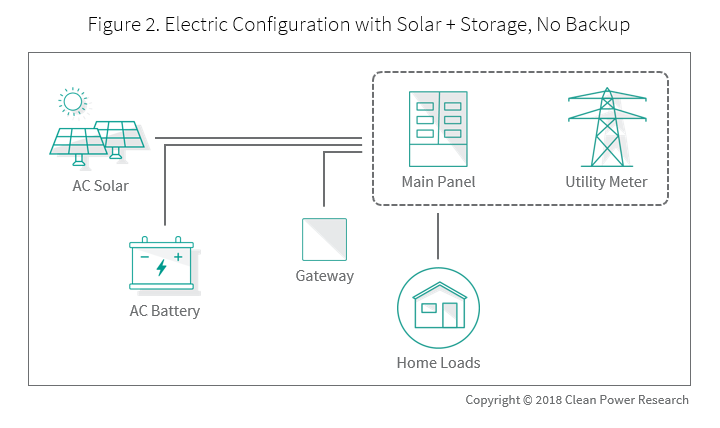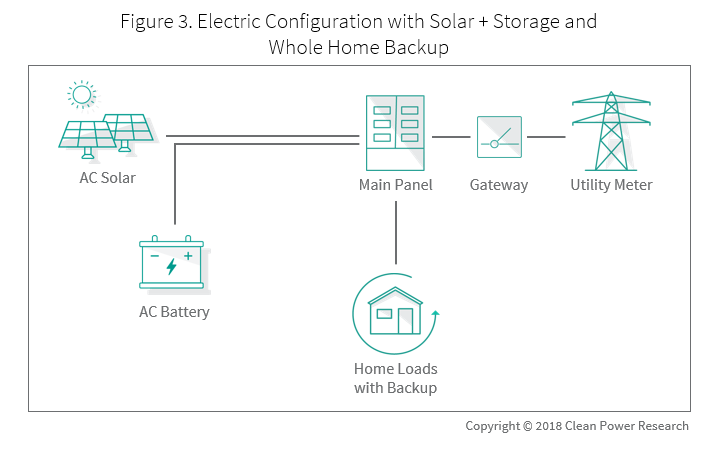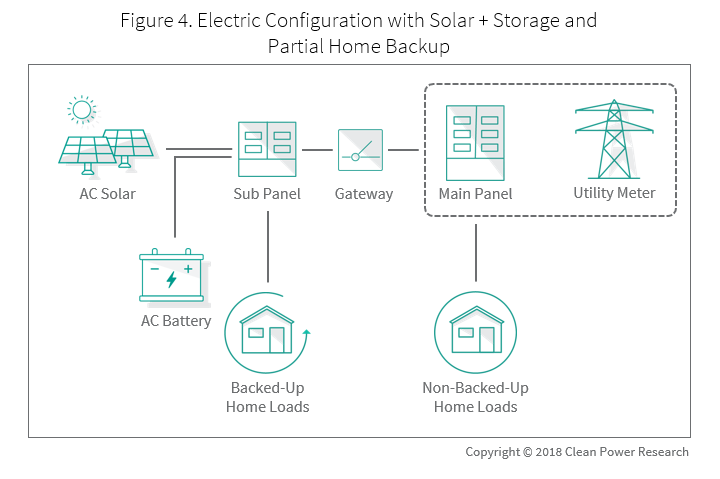Grid-connected battery storage is an exciting, new and rather mysterious technology. The press is particularly interested in the solar + storage technology bundle. Headlines declare how inexpensive it is to bundle PV with batteries. Some articles even suggest that an electric utility’s customers can install batteries and be independent of the grid.
How will residential customers respond to battery storage technology? What are customer use cases? Will they incorporate batteries into their PV system at the time of purchase? Will they add batteries to their existing PV systems? How will batteries operate? How will this affect the grid?
This blog is the first in a series that will help utilities demystify battery storage for their residential customers. This article discusses the ways residential customers might use batteries, and the hardware requirements to support those uses.
Demystifying battery storage: How can customers benefit?
Customers considering investing in battery storage systems face a more complicated decision than those considering investing solely in a PV system. The PV investment value proposition is straightforward: buy (or lease) a PV system and save money on their electric utility bill.
The battery investment value proposition is less clear. This is because batteries require both investment and operational decisions. The operational decisions depend on how customers want to use the batteries and how utilities will influence these decisions (our WattPlan® software answers these questions for utilities and their customers).
Customers benefit from battery storage because they can move energy from a time of excess energy to a future time when energy is in short supply. The two most prevalent use cases for residential batteries are to provide backup power in the event of a utility power outage and to shift energy from one time to another during normal grid operations.
Backup power
In the case of backup power, residential customers want to move energy from a time when there is excess energy (e.g., full utility service or excess solar production) to a time when there is no energy (e.g., a utility power outage). Customers face several decisions. During an outage, do they want to backup all loads, or only critical loads? How long do they want to back up the loads? These decisions affect battery size, cost and electrical configuration.
Production shift
In the case of normal grid operations, batteries can shift energy from one period to another. Customers (or the software that operates the batteries) must decide when to charge and discharge the batteries.
In a storage system that includes solar, customers could charge the batteries using either the excess energy produced by the PV system or energy purchased from the utility.
Customers could discharge the batteries at the first available time as might be the case with solar self-consumption. They could also discharge the batteries to maximize economic benefits such as reducing demand charges, performing time-of-use electric rate arbitrage or participating in a demand response program.
What hardware do battery storage systems require?
Customers need to understand hardware requirements once they have decided how they want to use the battery system. Residential customers often assume that a battery system combined with PV automatically provides backup power in the event of utility power outages. This is only true if designers specifically configure the system to provide backup service.
One manufacturer describes three configurations suitable for battery storage with an AC interface (e.g., it includes a bi-directional power conversion system) rather than DC batteries, which share an inverter with PV. The following figures are modifications based on those descriptions and correspond to some possible configurations.




Figure 1 corresponds to the hardware configuration for a typical home when there is only solar (i.e., no storage). The solar installation can use either a single central inverter or multiple micro inverters to provide AC power. The dashed line around the main panel and utility meter indicates that a single enclosure can contain both the main panel and the utility meter as is the case for many residential customers.
Figures 2 through 4 correspond to solar+ storage configurations. They include:
- Figure 2: No Backup – Uses batteries for solar self-consumption or load shifting
- Figure 3: Whole Home Backup – Uses batteries to back-up all loads
- Figure 4: Partial Home Backup – Uses batteries to back-up critical loads
In addition to an AC battery, each configuration requires a device to control the system and connection to the utility such as a gateway or backup gateway. The backed-up loads depend on the gateway location. The batteries only back-up loads downstream of the backup gateway if the home loses utility grid power. For example, batteries do not back-up any loads in the No Backup configuration, and they only back-up sub-panel loads (and not main panel loads) in the Partial Home Backup configuration.
Impact on hardware requirements
The figures suggest that customers may need multiple new devices or electrical boxes to have partial or whole home backup power. They need an AC battery (or a DC battery and a bi-directional AC-DC power converter), a backup gateway and a dedicated electrical panel separate from the utility meter. The Partial Home Backup configuration adds a sub panel. The Whole Home Backup configuration may require a separate box for residential customers if the main electrical panel also contains the utility meter. One needs to separate these functions by adding a panel to contain either the main panel or the utility meter.
Adding a backup gateway may add a further complication that deserves attention. What happens if the backup gateway fails? Could a failure in this device result in the loss of both the utility power and backup battery power because the battery requires an electrical signal from the backup gateway to operate?
Coming up
This blog is the first of two articles aimed at residential battery storage. It provides a high-level introduction into ways that residential customers might configure a battery system, and some of the hardware requirements.
The next blog in the series looks at the complexity of operating storage. Spoiler alert: much like the early days of solar, customers are confused and they need advice from their utility.
